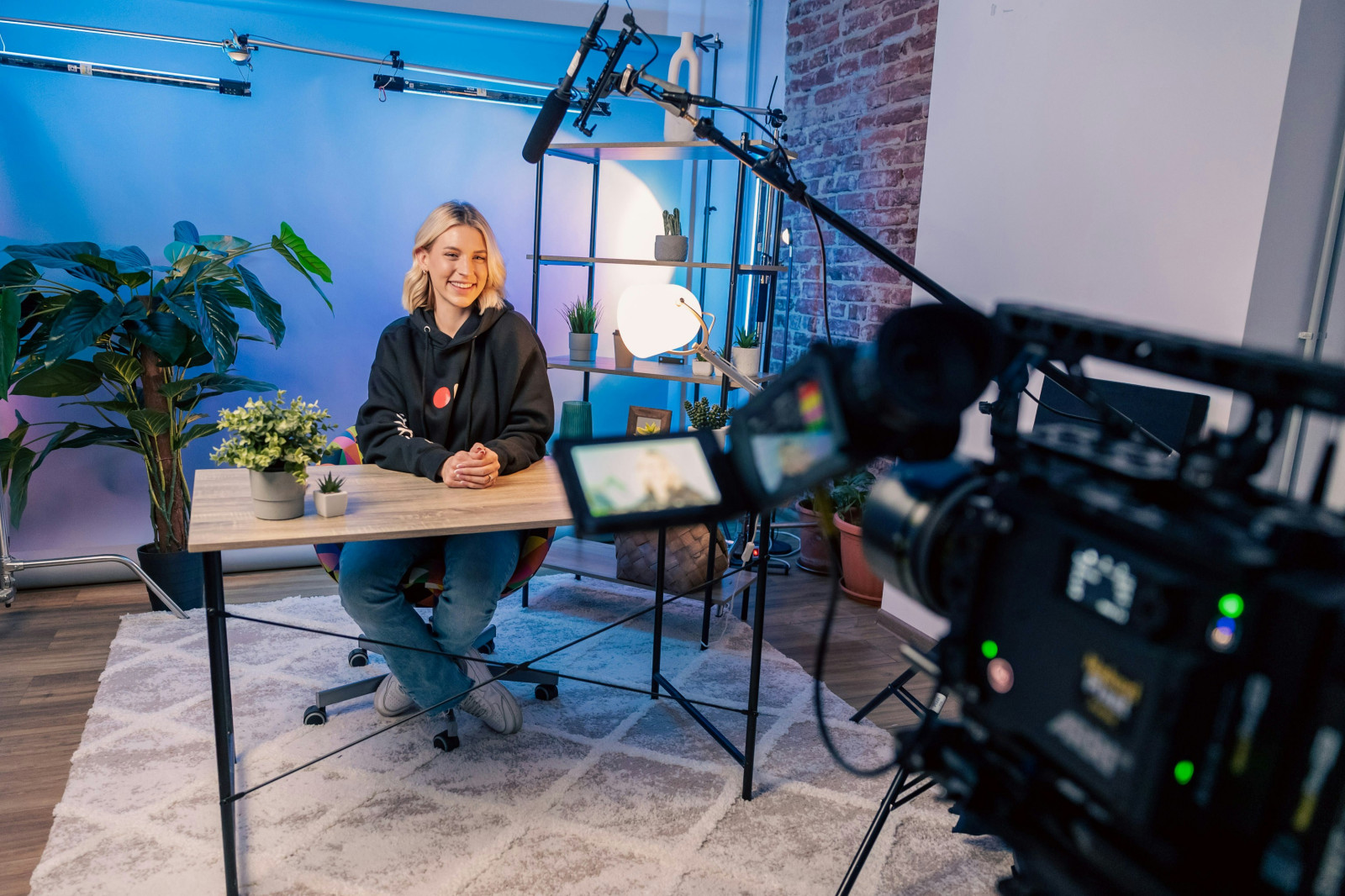Why legacy media should use creators as curators and content providers

Photo: Videodeck .co

Much of the traditional entertainment world is now working with creators. In fact, many of these companies have long-standing creator strategies when it comes to marketing. Whether it is a movie launch, a new TV series, video game, or album release, these businesses have a strong handle on which creators to work with to drive engagement.
However, the process of working directly with creators on content production and new IP remains a challenge. Some of the biggest creators can now demand multi-million dollar up-front fees to either licence content from their social channels or create bespoke content for streaming services. While these creators do come with significant audiences, effectively tapping into them can be much harder than it first appears. A ‘create the content and they will come’ approach to working with creators can quickly fall flat – especially if the legacy media company is too dictatorial over the creative direction of a project.
There is no one-size-fits-all approach to effectively engage with creators. The creator landscape is myriad and nuanced across different genre types, from beauty and travel to gaming and sports. However, there are some broad principles that can help ensure legacy media companies get the returns they want, especially when the price tag of engaging with super star creators is very high.
Featured Report
MIDiA Research 2025–2031 music creator tools forecasts AI comes to town
This music creator tools forecasts report acts as a companion piece to MIDiA’s report “State of music creator economy: AI’s growing reach ” . This report provides analysis, market sizing, and forecasts for users and revenues for music creator tools revenues across the following categories: Software and services DAWs Music software (plug-ins...
Find out more…Creative control: Legacy media companies need to get comfortable with relinquishing creative control if they want results. Working with creators – much like launching a new IP and an artist – will always come with risk. However, risk is minimised in this instance by allowing creators to have more control rather than less. These creators do not have substantial audiences by happenstance. Many have built these communities by having an acute understanding of how their followers want to engage with them. Providing a platform for their creative instincts to flourish is the route to take, rather than enforcing restrictive guard rails that leaves the content feeling forced and ingenuine.
Maximising the adjacents: Creators themselves are also fans. Often, their fandom overlaps with that of their audiences. Therefore, legacy media companies, especially streaming TV platforms, should think about how they can use these fandom overlaps to build a content experience around the creator IP they have commissioned to give a creator’s audience more reason to stay on platform.
IShowSpeed fandom adjacents
IShowSpeed, a live streamer who creates gaming, prank, and reaction content, has amassed 42.7m subscribers on YouTube. Speed acts as a lynchpin for a variety of fandoms. There are those who are fans of his IRL stunts, and those who share his love of Cristiano Ronaldo and soccer. Speed also overlaps with the anime community through his love of the hit show One Piece, and the wrestling community via his appearances on WWE. He also live streams gaming titles such as Fortnite and The Last of Us on YouTube. These adjacents provide clear signals of the type of content that can be used by a legacy media company to support a series commissioned in collaboration with a creator.
So, what could this look like in action? If Netflix was to commission Speed to produce an original show, it could also leverage its existing library to encourage his community to stay. Netflix has the rights to One Piece, WWE, and a series on the Saudi Pro League where Cristiano Ronaldo plays. It could ask Speed to curate his favourite content from these IPs into a ‘IShowSpeed presents’ feed or channel. Not only does he select the shows, but he can provide commentary on what they mean to him and his community. Fans of Speed would come for his original series but perhaps stay longer for the adjacent content that speaks to the interests of his community.
What legacy entertainment companies should consider when working with creators is the touch points, they can put in place to give the creator’s community reasons to engage. The best way to do this is to work with the creators themselves to understand how and what their communities need. This should not just stop at the creation of content but should be expanded into what existing IP should be licenced or commissioned to best support their show. Legacy entertainment providers should not consider how they are providing a platform for the creator, but how they can create a platform with multiple entry points where that creator’s community can feel welcome and thrive.

The discussion around this post has not yet got started, be the first to add an opinion.